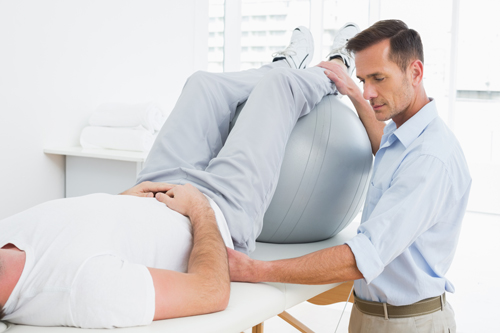
Patellar subluxation occurs when the kneecap moves slightly out of its groove at the end of the thigh bone and then comes back into place. A serious condition, subluxation is often painful and may lead to actual dislocation of the kneecap. Another problem is that subluxation puts additional strain on certain structures, requiring a person to use the hip and thigh muscles to help control the patella.
There are two types of subluxations: traumatic and atraumatic. Traumatic subluxation is caused by an accident while atraumatic subluxation is not caused by a specific injury. The atraumatic variation occurs more frequently in women; this happens when a person’s joints stretch farther than normal (“loose jointed”). Other factors that may cause a subluxation include abnormalities in the stride, a wider pelvis and a shallow groove for the kneecap.
Subluxation can be a one-time problem or a recurring situation. While an atraumatic subluxation is possible, subluxation in adults is usually due to a sports injury or overuse of the knee joint for a period of time.
Fortunately, subluxation is often treated successfully with physical therapy. Many exercises particularly emphasize the hips, because strengthening the hip abductors and hip flexors through pelvic stabilization exercises controls the kneecap better.
In addition to exercise, the following procedures will help speed your recovery:
- Elevate the knee by putting a pillow underneath your leg.
- Ice the knee for 20 to 30 minutes every three to four hours for two to three days.
- Wear a brace prescribed by your doctor to keep your kneecap in place.
It is important to remember that everyone recuperates from a condition such as this at a different rate. A physical therapy program designed especially for you will put you on the road to recovery quickly and safely.
